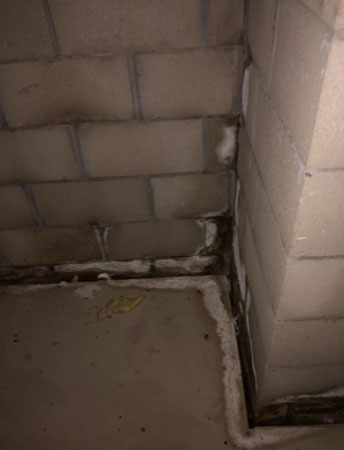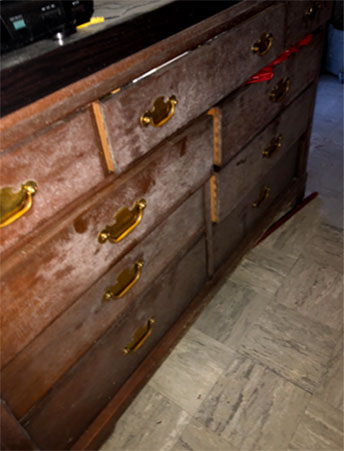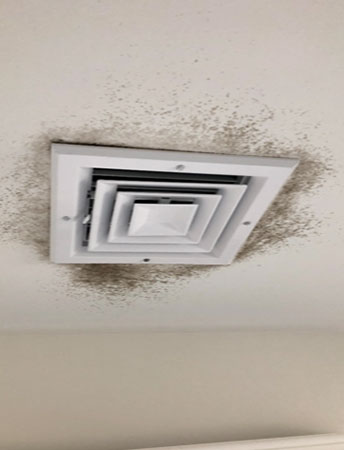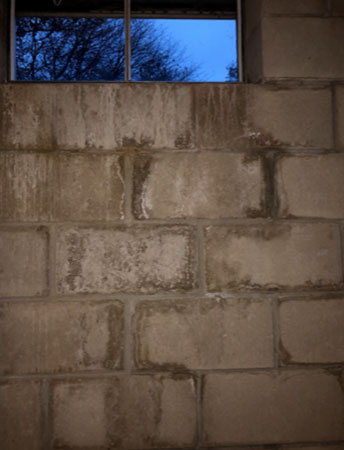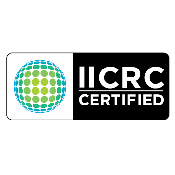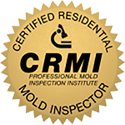What does mold look like?
Mold can look white, gray, black, brown, yellow or greenish. Mold colonies may appear cottony, velvety, granular, leathery and glassy.
What can I do to protect against mold?
It is impossible to completely eliminate all mold spores indoors. Mold will always be found floating in the air and in house dust. Indoor mold growth can be prevented by controlling water and moisture in indoors. The following may prevent or reduce indoor mold growth:
- Repair all water leaks & moisture problem areas.
- Provide good air circulation.
- All HVAC systems should have a good electrostatic filter on the return.
- Insulate and ventilate attic & crawl space areas.
- Clean, Dry or remove items that are damaged by water immediately.
Real Estate deals Do Not have to be broken. If the home you are thinking about purchasing has mold do not panic. you can remove unusual mold levels from the home and bring it back to it's original condition.
Back To Top
Can mold cause problems?
Mold has the potential to cause symptoms of exposure to mold and even make a home uninhabitable. However, everyone is affected differently when in contact with mold. The mold that may not bother the seller may severely affect the buyer. Some mold can produce allergens. Irritants and in some cases, potentially toxic chemical substances known as mycotoxins. People who are sensitive to and exposed to mycotoxins can become ill. Allergic reactions to mold are common. They can be immediate or delayed. People diagnosed with allergies and asthma may be very sensitive to mold. Mold can cause asthma attacks. Others at risk may include; infants, children, the elderly, immune compromised patients, pregnant women and individuals with existing respiratory conditions. With exposure even in small amounts mold may cause: sinus infections, asthma, skin rash, chronic fatigue, respiratory problems, headaches and nose & throat irritation.
Back To Top
How do I know I have mold?
Mold can be found in several places in the home environment. It appears most often in moist or wet areas. A musty odor may also be present. Mold begins to grow indoors when mold spores land on surfaces that are wet or damp. Mold will not grow without water or moisture. Therefore, it is important to dry out wet or moist areas within 24 to 48 hours to prevent mold growth. Some examples of places where mold can be found inside the home include:
- Basements, kitchens (bottom of fridge), around bathroom vanities, washer/dryer area.
- The underside of carpets and pads.
- Surface of walls behind furniture (where condensation forms).
-
Ceilings and the top side of ceiling tiles.
Back To Top
Should I have my home Inspected?
Due to the growing concerns of mold in the home and the effects on health, Mold inspections are becoming a common practice. You should not buy a home or live in a home with mold. A mold inspection is your first line of defense!
Back To Top
What is involved in a mold inspection?
- Evaluate existing mold in the home.
-
Investigate environmental conditions causing mold to grow.
-
Identify moisture intrusion for mold.
-
Identify problem areas of possible mold intrusion/contamination.
-
Provide digital photos of problem areas.
-
Provide report to include the following; areas inspected, findings, lab results, potential and problem areas, assessment of existing mold, general recommendations and preventative maintenance.
Back To Top
What is mold?
The term mold is the non-technical name that refers to any growing fungus. This includes fungi such as mushrooms and yeasts. When present in clothing, it is often times referred to as mildew.
Back To Top
What does mold need to grow?
Mold requires moisture or water and a substrate or surface to grow on. High humidity, typically more then 60% may also provide an ample source of moisture for mold growth. Substrates such as wood, wallboard, ceiling tiles, carpet, wallpaper, paneling and leather items are favorite breeding grounds. Basically any cellulose or porous material will do.
Back To Top
PMI Cert. #CRMI0000008244

